A moldy HVAC system poses serious concerns for your family’s health and the structure of your home. What begins as microscopic spores quickly develop into extensive colonies when conditions are right, potentially circulating throughout your living spaces with every cycle of your system. Keeping your HVAC system clean and protecting your investment requires understanding how to prevent mold growth.
Why mold loves your HVAC system?
Your HVAC system creates an almost perfect environment for mold growth. The combination of moisture, organic material, and the dark, undisturbed spaces within your system makes it an ideal breeding ground. Mold doesn’t need much to thrive, just a relative humidity above 60%, temperatures between 77-86°F, and minimal airflow. These conditions are commonly found in some regions of HVAC systems, particularly during seasonal transitions or in humid climates.
Controlling moisture – First line of defense
Since moisture is the primary catalyst for mold growth, controlling humidity levels is your most potent preventive strategy. Install and maintain a whole-home dehumidifier if you live in a humid climate. These systems work with your HVAC to maintain optimal humidity levels (30-50%) throughout your home. An oversized air conditioner will cool rapidly but cycle off before fully removing moisture from the air.
Keep air flowing with regular filter changes
Air filters play a dual role in mold prevention. They trap organic particles that could serve as food for mould. They ensure proper airflow through your system, preventing condensation caused by restricted air movement. Most residential systems require filter changes every 1-3 months, though homes with pets or allergy sufferers may need more frequent replacements. Consider upgrading to high-quality pleated filters with antimicrobial properties specifically designed to inhibit mold growth.
Don’t neglect your condensate drain line
The condensate drain line removes moisture collected during the cooling process. Water backs up into your system when this line becomes clogged with algae, debris, or mold, creating ideal conditions for mold growth. Flush your condensate drain line with vinegar or a commercial cleaning solution quarterly. Many newer systems include overflow shut-off switches that automatically turn off the system if the drain line clogs, preventing water damage and alerting you to potential problems.
Ductwork inspection and maintenance
Your ductwork can harbour moisture and mold, especially if improperly installed or damaged. Have your ducts professionally inspected for leaks, improper insulation, or signs of moisture. Duct cleaning may be beneficial if you have visible mold growth, substantial dust buildup, or have recently completed a renovation project. Consider applying EPA-registered antimicrobial treatments to ductwork if you’ve experienced previous mold issues; these treatments create an inhospitable surface for mold spores.
UV light technology
Ultraviolet (UV) light systems installed in your HVAC unit can provide additional protection against mold. These systems use UV-C light to kill or inactivate mold spores, bacteria, and viruses as air passes through your system. While not a replacement for other preventive measures, UV technology can significantly reduce the viability of mold spores, particularly near cooling coils where moisture is present.
Proper ventilation in high-moisture areas
Bathrooms, kitchens, and laundry rooms produce significant moisture that can penetrate your HVAC system. Ensure these spaces have proper ventilation fans that exhaust directly outdoors, not into attics or crawl spaces. Use these fans during moisture-producing activities and for 15-20 minutes to remove excess humidity before it affects your HVAC system.
Mold growth requires a multi-faceted approach focused on moisture control, regular maintenance, and early detection. By implementing these preventive strategies, you can protect your HVAC investment and your family’s health. A well-maintained HVAC system promotes better indoor air quality, and Service Relief – Plumbing, Heating, AC & Drain Cleaning is here to assist.
Name : Service Relief – Plumbing, Heating, AC & Drain Cleaning
Address : 195 Adams St, Manchester, CT 06042
Website : https://servicereliefnow.com/
Phone : (860) 222-7139

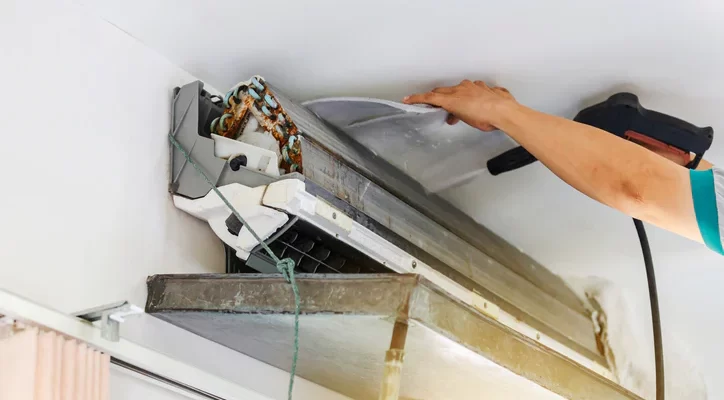
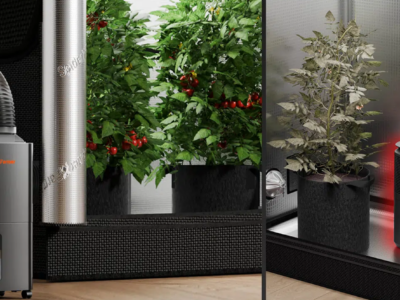
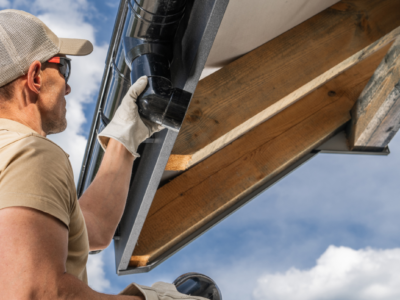
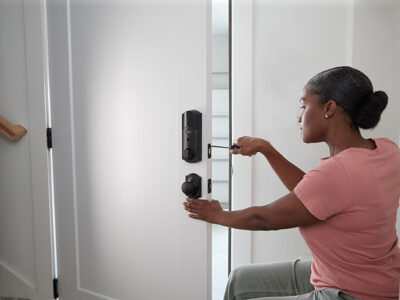


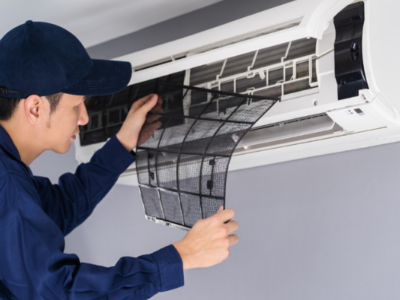








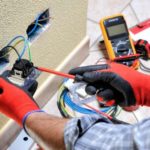


Comments